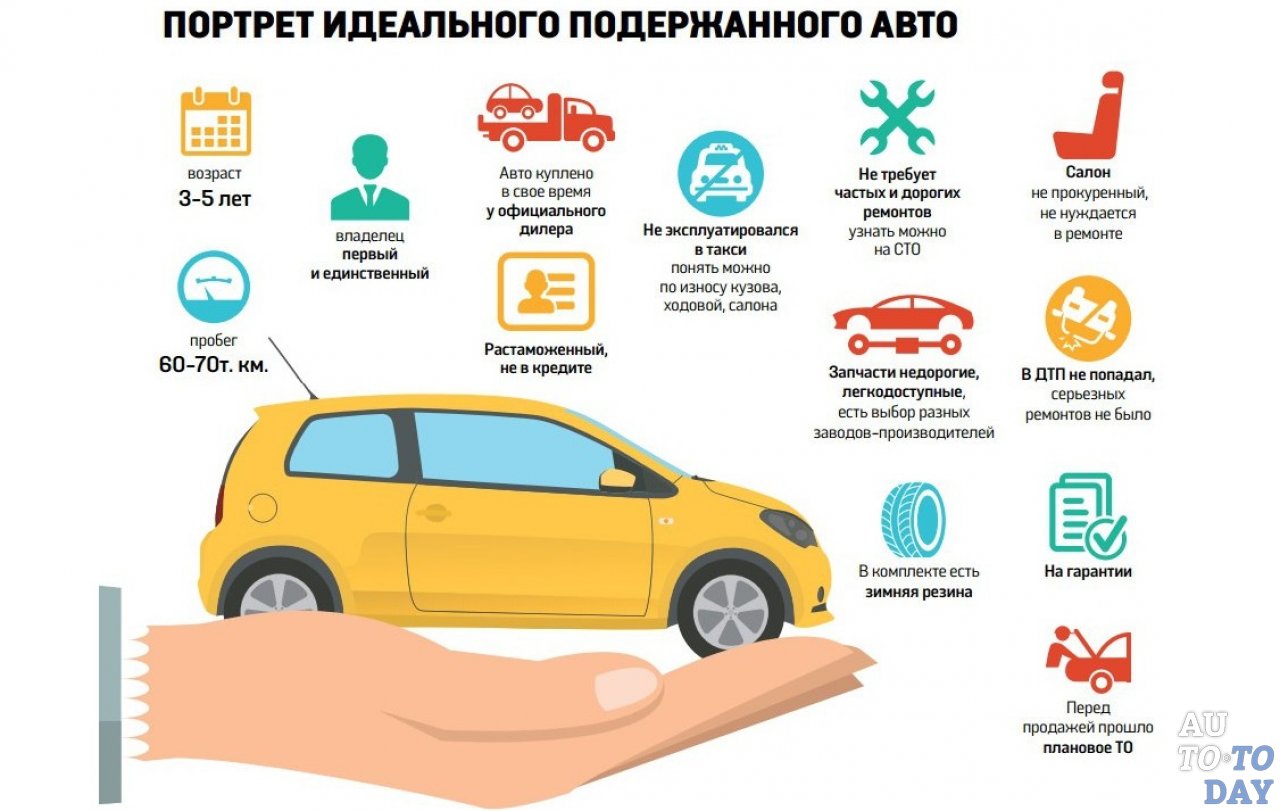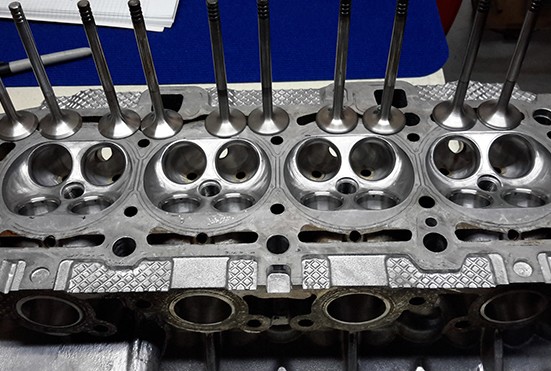
How to be careful when buying a car
Content
When you buy a car, whether it's a new car from a dealership, a used car from a car park or dealer, or a used car as a private sale, you need to come to a purchase agreement. Generally, the sales process in order to get…
When you buy a car, whether it's a new car from a dealership, a used car from a car park or dealer, or a used car as a private sale, you need to come to a purchase agreement. Generally, the selling process to get there is the same. You will need to respond to a car sale ad, meet with the seller to inspect and test the car, negotiate the sale, and make payment for the car you are purchasing.
At every step along the way, one must be careful and careful. This is a way to protect yourself from a difficult situation with the seller or with the car.
Part 1 of 5. Respond to ads with care
From identity theft to weeding out scammers and poorly presented vehicles, you have to be careful what ads you respond to and how you respond.
Step 1. Analyze the advertising image of the found car.. If the image is a stock image and not an actual vehicle, the listing may not be accurate.
Also look for inappropriate elements such as palm trees for car ads in the northern states.
Step 2: Check your contact information and method. If the phone number in the ad is from overseas, it could very well be a scam.
If the contact information only includes an email address, this is not a cause for concern. It may just be a case where the seller was being cautious.
Step 3. Contact the seller to arrange a viewing and test drive.. Always meet in a neutral place if you are meeting with a private seller.
This includes places like coffee shops and grocery store parking lots. Only provide the seller with basic information such as your name and contact number.
Please provide a mobile phone number if you can as it is not easy to trace to your address. A private seller will never need your social security number.
- Functions: If the seller wants to send you a car or wants you to discreetly transfer money to him for a car inspection, you are becoming a victim of potential fraud.
Part 2 of 5: Meet the seller to see the car
When you are about to meet with a salesperson to inspect a vehicle of interest, it can create excitement and anxiety. Remain calm and don't put yourself in an uncomfortable situation.
Step 1. Meet at the right place. If you're meeting with a private seller, meet in a brightly lit area with lots of people.
In case the seller has malicious intent, you may slip into the crowd.
Step 2: Don't bring cash. Don't bring cash to a car viewing if possible, as a potential seller may try to scam you if they know you have cash with you.
Step 3: Completely inspect the car yourself. Don't let the salesperson guide you around the car, as they may try to distract you from faults or problems.
Step 4: Test drive the car before buying. Hear and feel everything that seems out of the ordinary during a test drive. A little noise can lead to a serious problem.
Step 5: Inspect the car. Arrange with a trusted mechanic to inspect the car before buying it.
If the seller is hesitant or unwilling to let the mechanic inspect the car, they may be hiding a problem with the car. Be prepared to refuse a sale. You can also arrange for a mechanic to inspect as a condition of the sale.
Step 6: Check ownership of the lien. Ask the seller to look up the name of the car and find information about the pledger.
If there is a copyright holder, do not complete the purchase until the seller takes care of the deposit before the sale is completed.
Step 7: Check the status of the title on the vehicle's passport.. If the car has a restored, branded, or wrecked title that you weren't aware of, walk away from the deal.
Never buy a car whose name is unclear if you don't quite understand what it means.
Part 3 of 5. Discuss the terms of the sale
Step 1: Consider Government Review. Discuss whether the vehicle will undergo government inspection or certification before taking possession.
You'll want to know if there are any security issues that need attention before you complete the sale. In addition, if repairs are required to pass the state inspection, this means that you will not be able to drive the car you buy until the repairs are completed.
Step 2: Determine if the price matches the condition of the car. If the vehicle is to be sold without certification or in "as is" condition, you can usually claim a lower price.
Part 4 of 5: Conclude a sales contract
Step 1: Draw up a bill of sale. When you come to an agreement to buy a car, write down the details on the bill of sale.
Some states require that a special form be used for your sales invoice. Please check with your DMV office before meeting with the seller. Be sure to include the vehicle's VIN number, make, model, year and color, and the selling price of the vehicle before taxes and fees.
Include the name of the buyer and seller, phone number and address.
Step 2. Write down all the terms of the sales contract.. This may include an item subject to funding approval, any repairs that need to be completed, and the need to certify the vehicle.
Specify whether any optional equipment, such as floor mats or remote start, should remain with the vehicle or be returned to the dealer.
Step 3: Pay a purchase deposit. Safe deposit methods by check or money order.
Avoid using cash whenever possible, as it cannot be traced in the transaction in the event of a dispute. Specify in the contract of sale the amount of your deposit and the method of its payment. Both the buyer and the seller must have a copy of the contract of sale or bill of sale.
Part 5 of 5: Complete the car sale
Step 1: Transfer the Title. Complete the transfer of ownership on the back of the title deed.
Do not make payment until the transfer of ownership document is ready.
Step 2: Pay the balance. Ensure that the seller is paid the remainder of the agreed sale price.
Pay by certified check or money order for a secure transaction. Do not pay in cash to avoid the possibility of being scammed or robbed.
Step 3: Indicate on the check that payment has been made in full.. Ask the seller to sign that payment has been received.
No matter what stage of the buying process you're in, if something doesn't feel right, put it off. Buying a car is a big decision and you don't want to make a mistake. Be specific about the problem you're having with the transaction and retry the purchase if you find that your concerns were unfounded, or cancel the sale if you're just uncomfortable. Make sure you have one of AvtoTachki's certified technicians do a pre-purchase inspection and have your vehicle serviced regularly.
